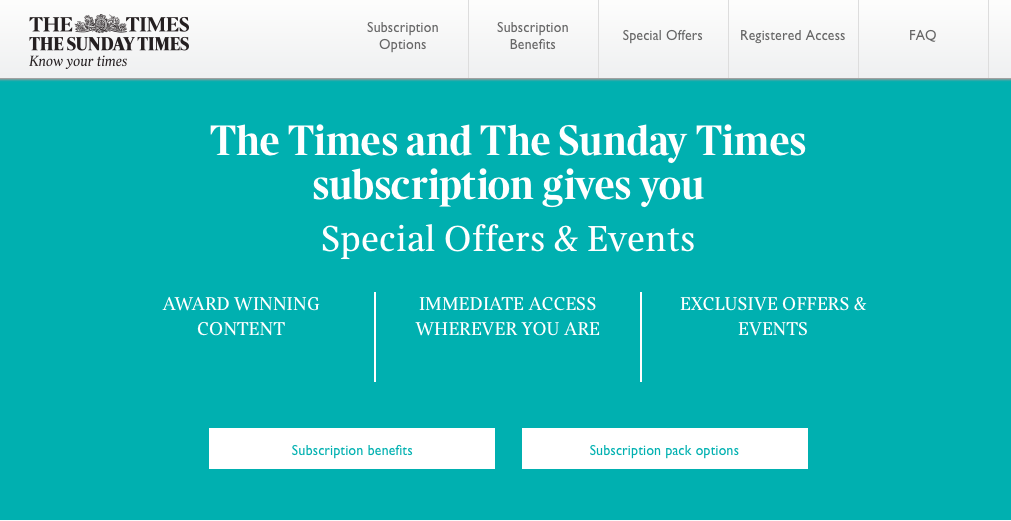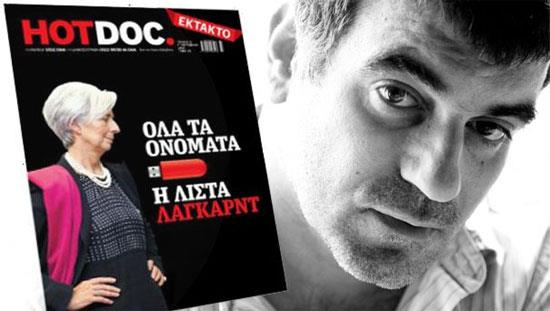Most European newspapers and news weeklies are operating a paywall as legacy revenues continue to decline and digital advertising increasingly moves to large technology companies, a study by the Reuters Institute for the Study of Journalism reveals.
Researchers found that 66% of newspapers and nearly three quarters (71%) of weekly newspapers and news magazines operate some form of pay model, including freemium, metered paywall or hard paywall. However, all broadcasters and most digital-born sites offer free access to their news.
The Reuters Institute factsheet: Pay Models in European News analyses the spread of pay models across 171 major news organisations, including broadcasters, digital-born, newspapers and news weeklies, from six European countries (Finland, France, German, Italy, Poland and the United Kingdom).
Key Findings:
- Most (66%) of newspapers and nearly three quarters (71%) of weekly newspapers and news magazines operate some form of pay model
- All broadcasters offer free access to their digital news. This includes both private sector broadcasters and public service media
- Almost all (97%) digital-born news media offer free access to their news
- The average price for the cheapest available monthly subscription (across the organisations that operate a pay model) is €13.64 (£11.56). Prices range from €2.10 (£1.78) to €54.27 (£46) a month
- the highest national average is in the UK (€22.26 (£18.87)) and the lowest in Poland (€7.21 (£6.11)).
Developments differ from country to country:
- A much larger share of newspapers and news weeklies in Finland (87%), France (95%), and Poland (90%) have adopted pay models
- By contrast, in both Italy and the United Kingdom, the majority of newspapers and weeklies in our sample continue to offer free access to their digital news. In Germany, almost half (48%) of newspapers and weeklies in our sample offer free access.
The lead author, Dr Alessio Cornia, said: “We find that most newspapers and news magazines across Europe are moving away from digital news offered for free and supported primarily by advertising, and are cultivating a wider range of sources of revenue, including various pay models. However, it is clear that other types of media organisations, especially broadcasters and digital-born news outlets, still make their digital news content available for free.”
Dr Annika Sehl, co-author of the study, said: “Pay models are particularly widespread in markets like Finland that are dominated by a limited number of very strong incumbents, and in those with very small digital display advertising markets, like Poland. In the most competitive markets with a larger advertising pies, like the United Kingdom, most digital news content is still freely available.”
Director of Research, Dr Rasmus Kleis Nielsen, said. “As the digital display advertising market grows more and more challenging, it is encouraging to see that more and more news organisations are experimenting with new business models to support news.
“Convincing people to pay for digital news is difficult, and will be a slow process, but we are already seeing encouraging signs that people across all age groups, including younger media users, are willing to pay for quality content and services online that they find valuable and useful,” Kleis Nielsen said.
Download the Fact Sheet here.
pic credit: Flickr CC, Standaard, Peter Forret
Tags: Alessio Cornia, Annika Sehl, broadcasting, business models, digital news, freemium, media, metered paywall, news organisations, Online News, Paywalls, Rasmus Kleis Nielsen, Research
















































